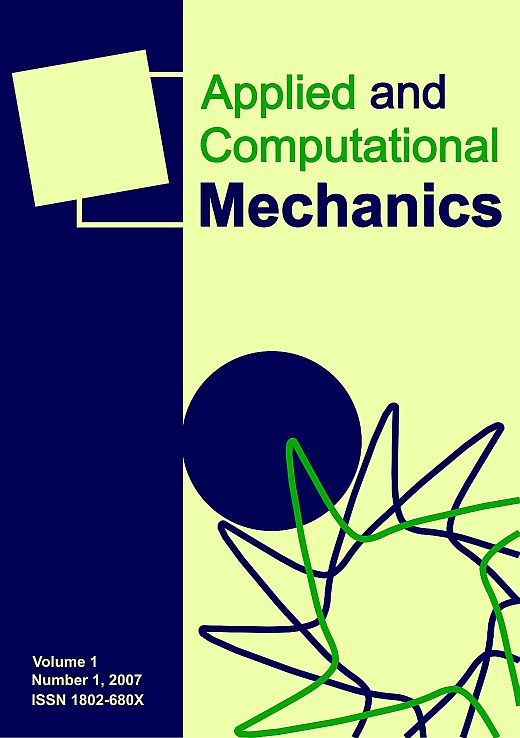Finite Element Modeling of Airflow During Phonation
Keywords:
vocal folds, airflow, numerical modeling, ALE, flow separationAbstract
In the paper a mathematical model of airflow in human vocal folds is presented. The geometry of the glottal channel is based on measurements of excised human larynges. The airflow is modeled by nonstationary incompressible Navier-Stokes equations in a 2D computational domain, which is deformed in time due to vocal fold vibration. The paper presents numerical results and focuses on flow separation in glottis. Quantitative data from numerical simulations are compared to results of measurements by Particle Image Velocimetry (PIV), performed on a scaled self-oscillating physical model of vocal folds.
Downloads
Published
Issue
Section
License
Copyright (c) 2016 Applied and Computational Mechanics

This work is licensed under a Creative Commons Attribution 4.0 International License.







